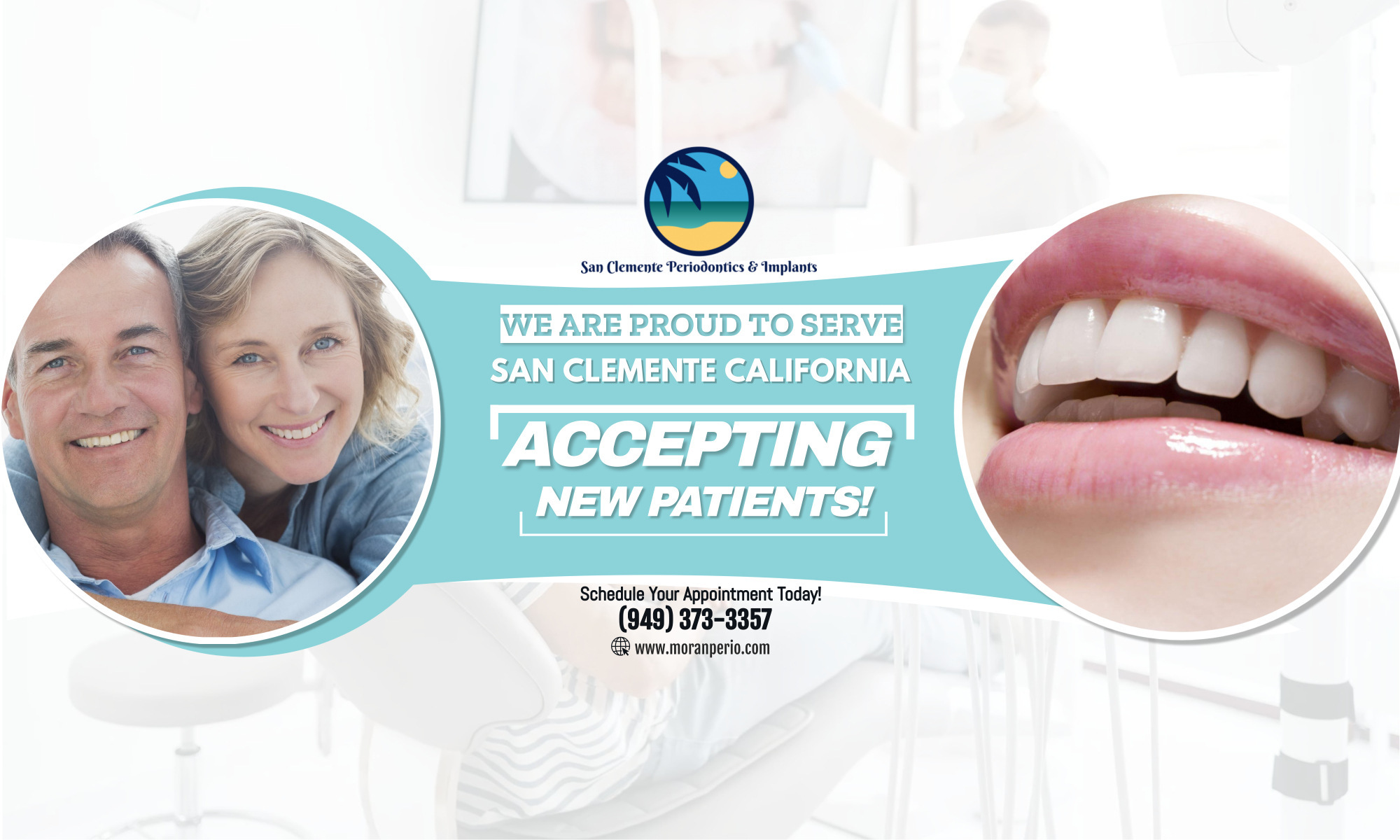Your child should have their first trip to the dentist by the time they are 18 months old and it’s good to make the process as easy as possible for them from the start.
Dental staff are used to dealing with young children and they will know how to make them feel comfortable.
Sometimes, children under three may be treated on the parent’s lap. In this case, the parent sits in the dental chair facing the dentist, and the child is on their lap.
The dentist will tell the child what he or she is going to do in terms they can understand. They will usually have fun dental toys they can use to help.
They will start with an oral examination checking the teeth present and looking at the development of the jaw, gums and soft tissues.
Naturally, as in any new situation, some children are initially unsettled but this is usually short-lived as they get used to it.
Parents can help by ensuring they are calm and relaxed as any anxiety will transfer to the child.
With older children, the parents may stay in the background though sometimes children behave better when the parent is not in the room!
Work with your children and your dentist to find the best way of ensuring they get the treatment they need with minimum worries for everyone.
